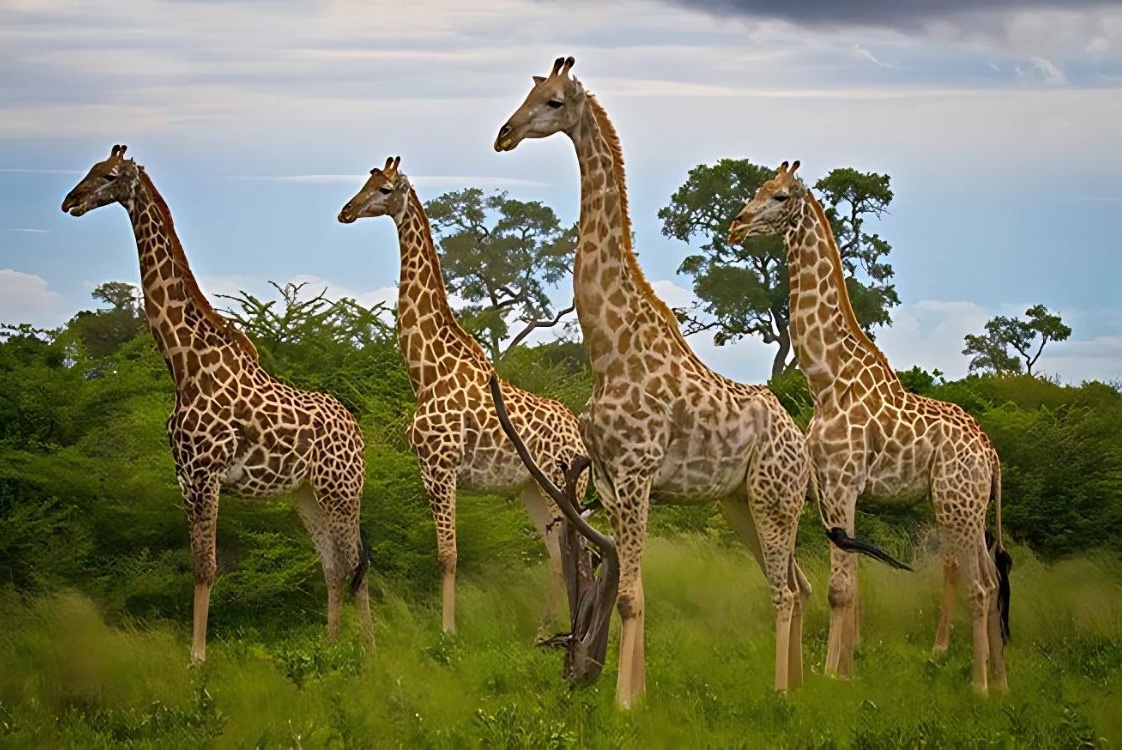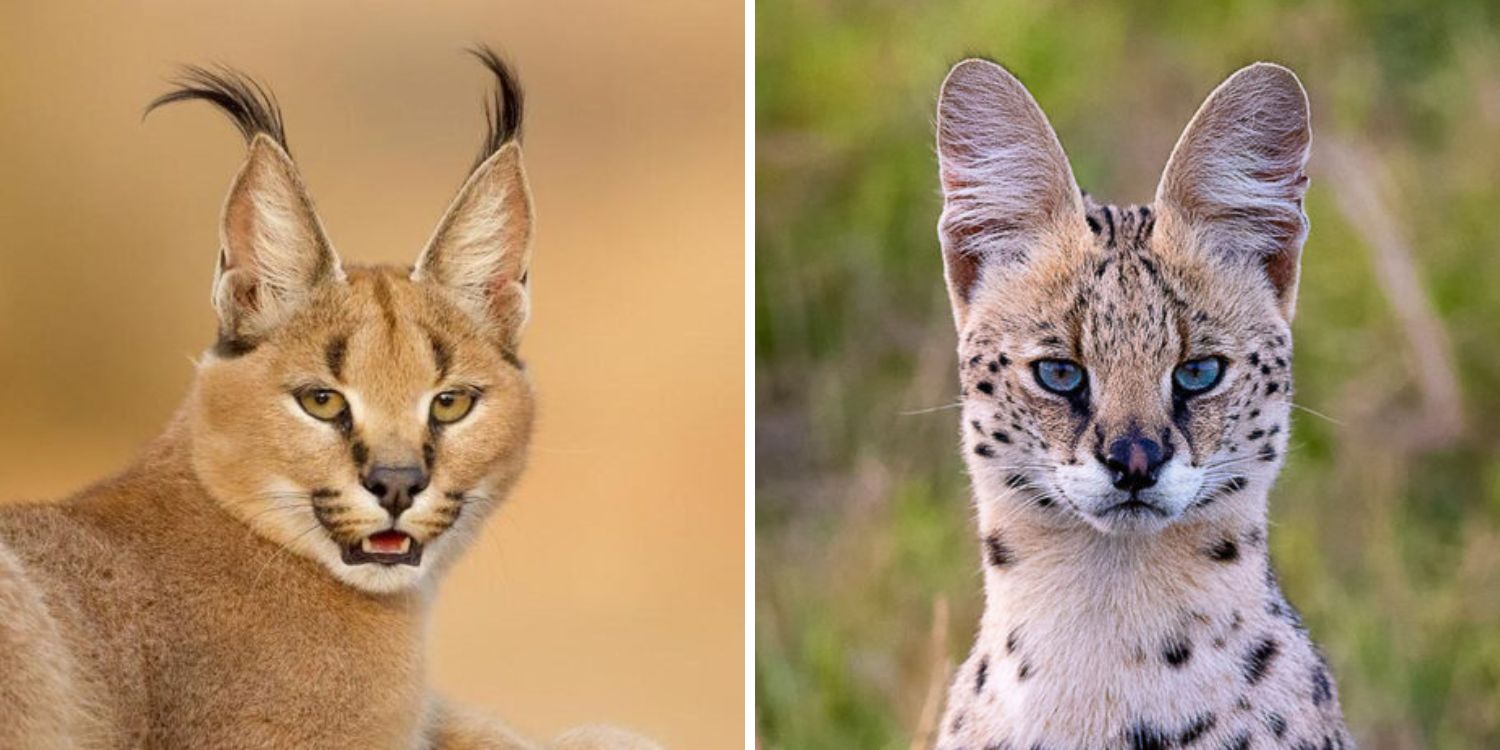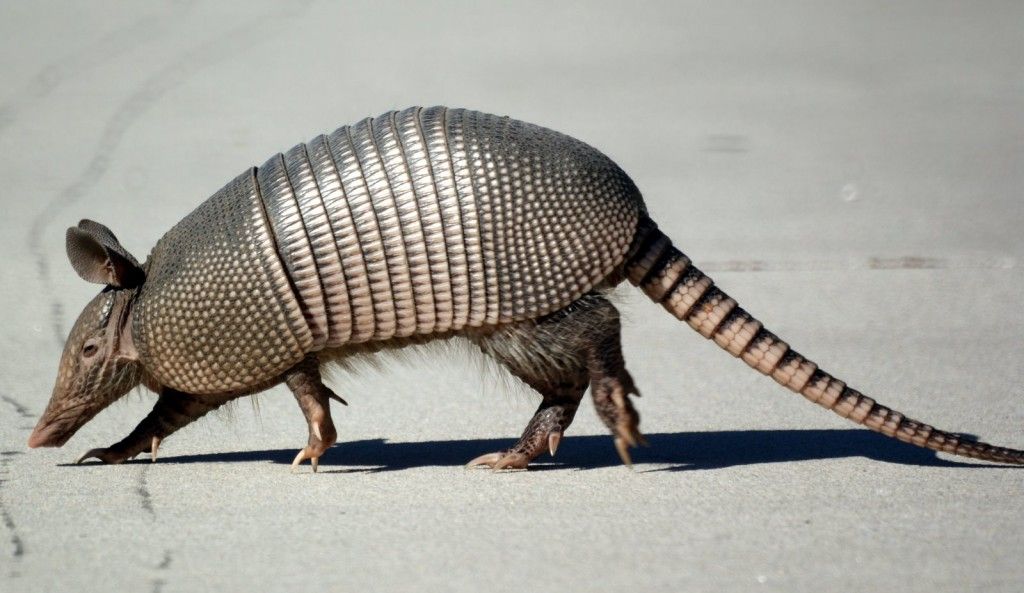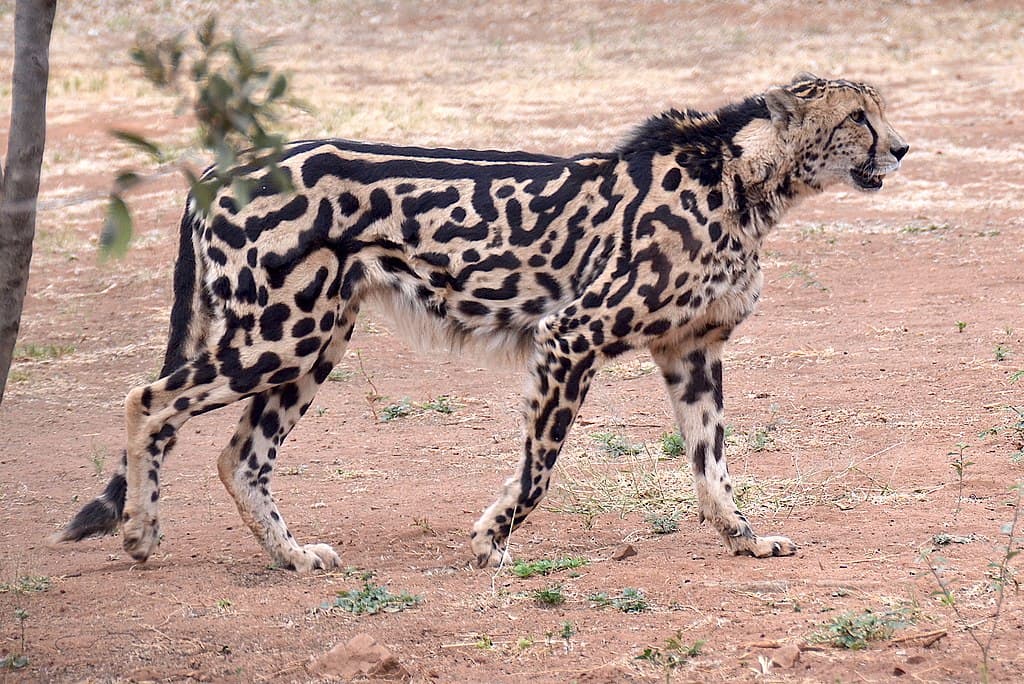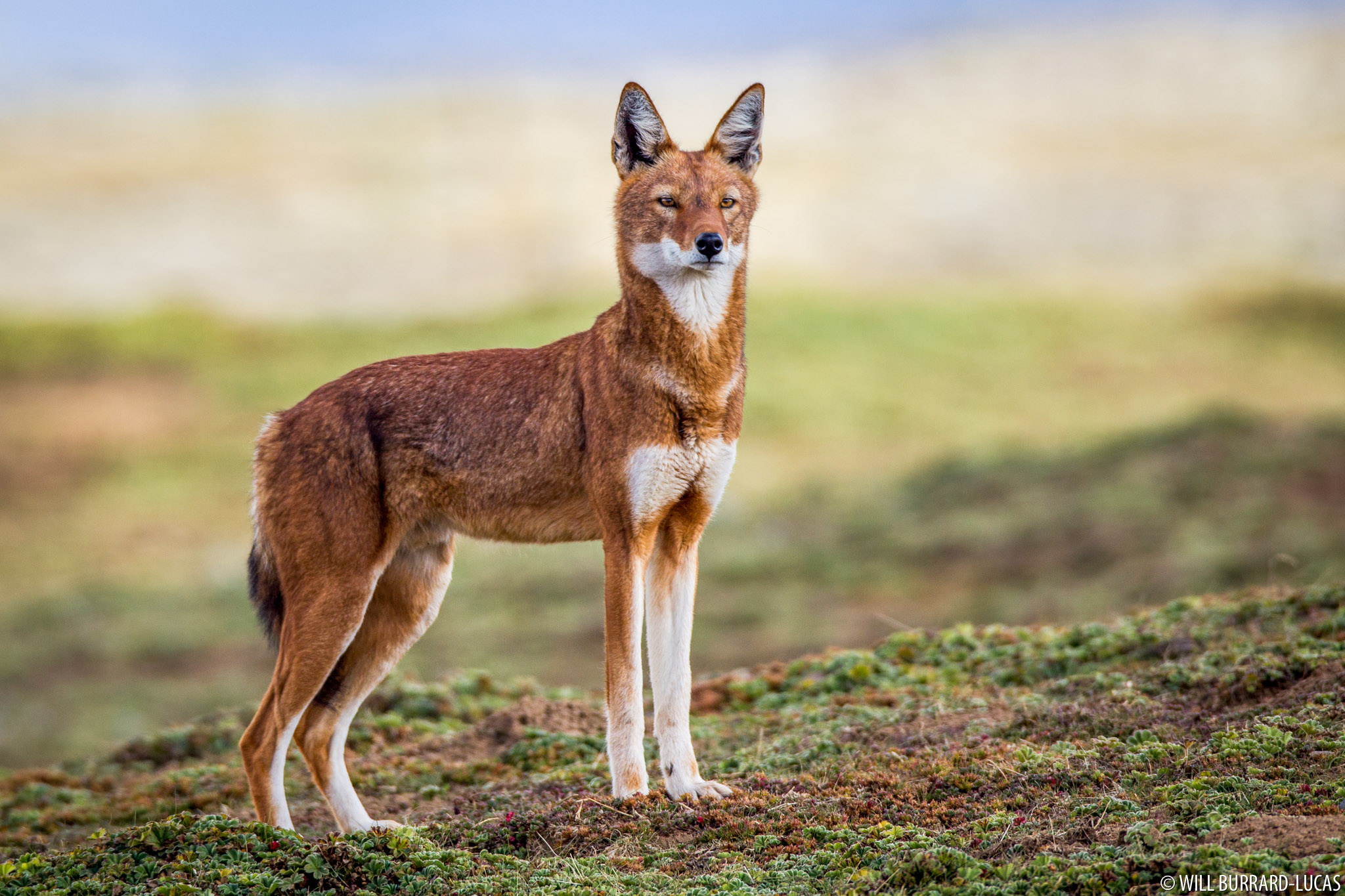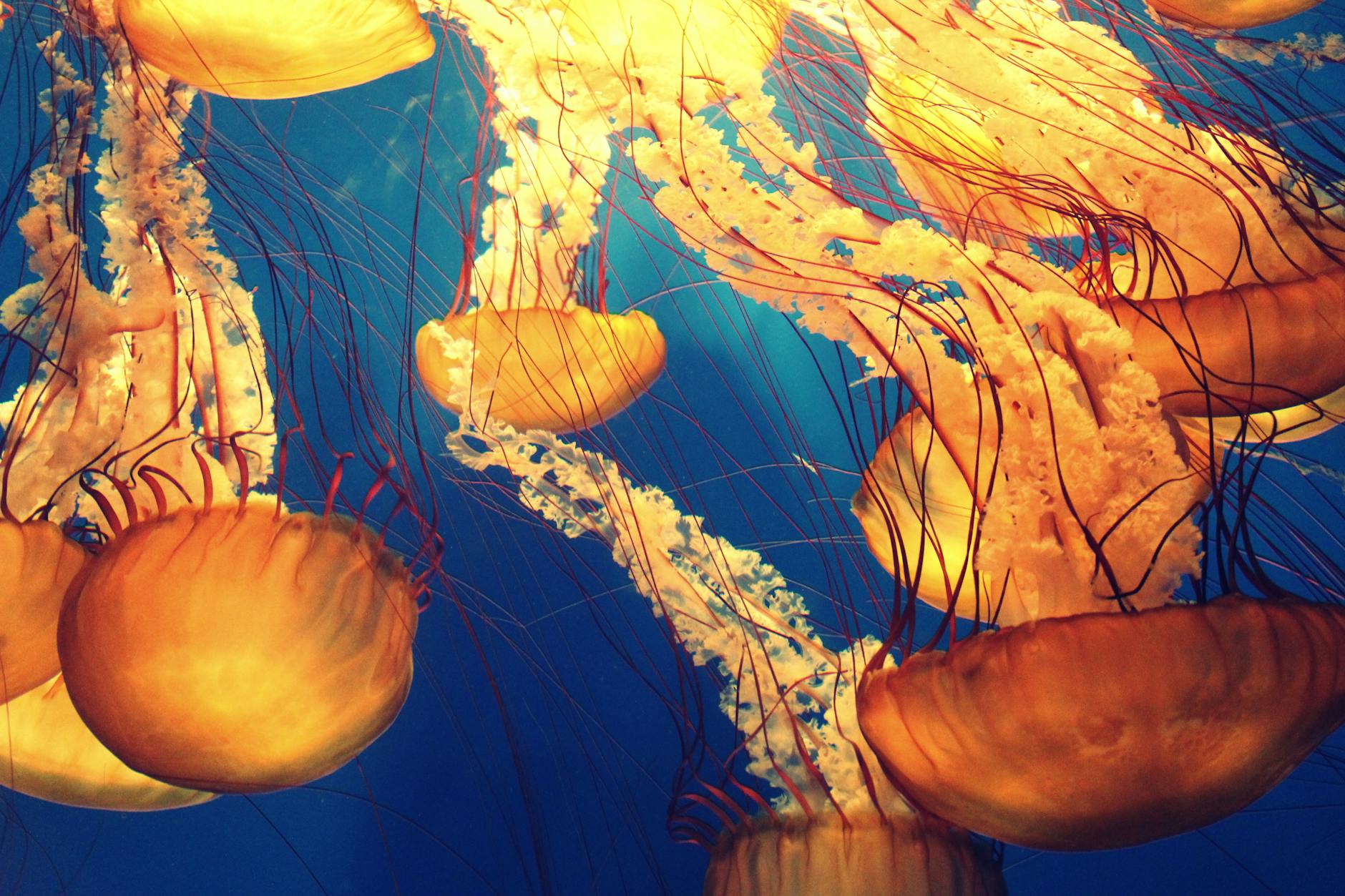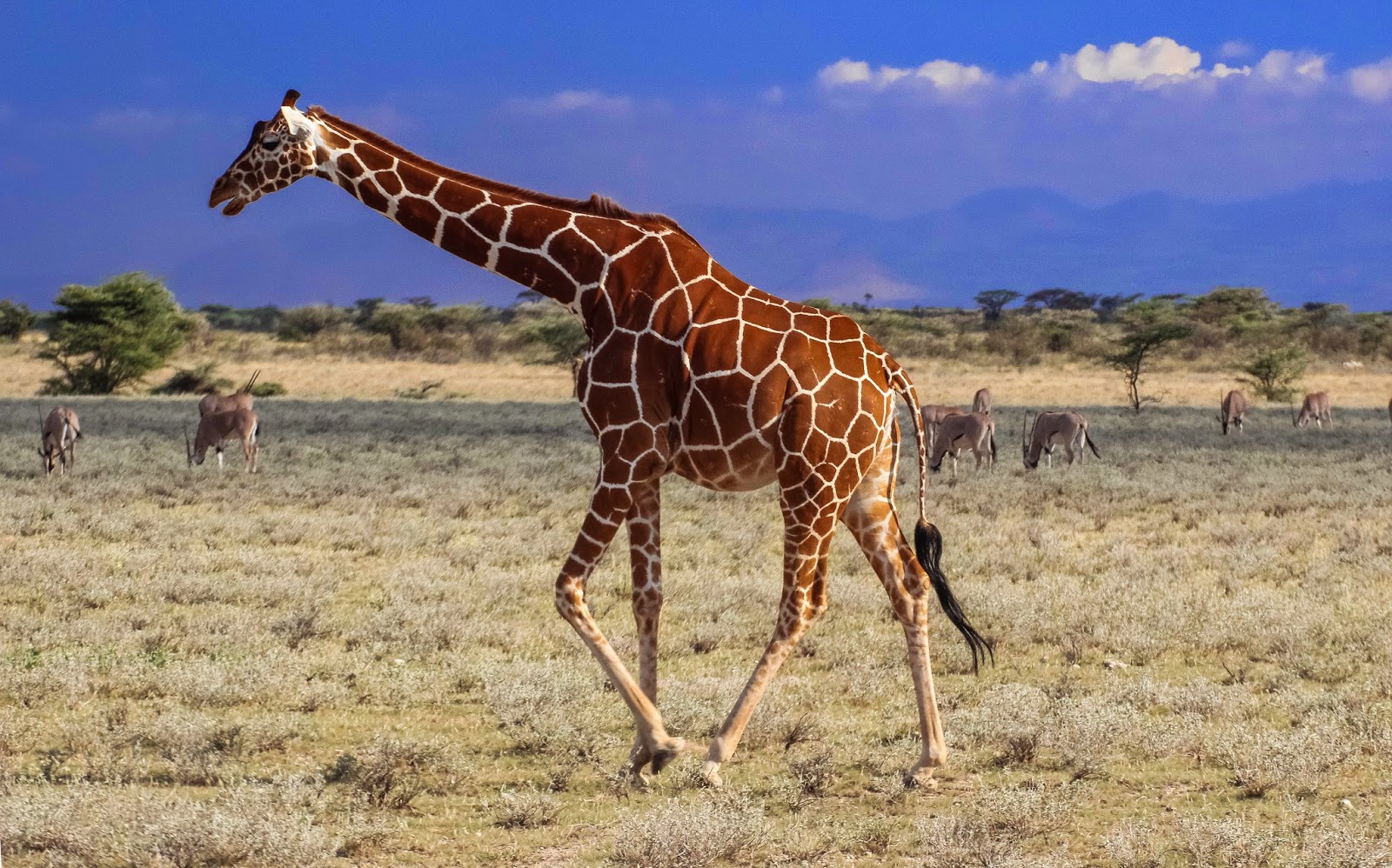
The Reticulated giraffe (Giraffa reticulata) is easily one of the most striking animals on the planet. With its elegant build and intricate, geometric coat pattern, it almost looks like a piece of art brought to life. But this beauty is more than skin deep – it’s also a species in need of urgent conservation.
Let’s explore what makes the Reticulated giraffe so unique.
Where Do Reticulated Giraffes Live?
Reticulated giraffes are native to northeastern Kenya, southern Ethiopia, and parts of Somalia. They prefer dry savannas, open woodlands, and scrubby desert landscapes, where they browse for food and keep watch over vast, open terrain.
They have a smaller range compared to other giraffe species and are mostly found in and around protected areas such as Samburu National Reserve and Buffalo Springs National Reserve in Kenya.
A Giraffe Like No Other: Spotting the Pattern
What sets the Reticulated giraffe apart is its distinct coat: a network of polygonal, deep brown patches separated by bright white lines, resembling a net or honeycomb. This is where the name “reticulated” comes from, it means net-like.
Key features:
- Crisp, white-lined pattern across the whole body
- Typically more uniform and symmetrical than other giraffe species
- A sleek, elegant appearance
- Males can reach up to 18 feet tall
This giraffe is so visually distinct that it’s often the one featured in zoos and wildlife documentaries.
What Do Reticulated Giraffes Eat?
Reticulated giraffes are herbivores, feeding primarily on leaves from acacia and other trees. They also eat flowers, fruits, and seedpods.
Thanks to their long, prehensile tongues – up to 18 inches long – they can carefully pick between thorns and reach high branches that other animals can’t access.
Social Life and Behavior
Like other giraffes, Reticulated giraffes are social but loosely structured. They move in fluid herds that change frequently, usually centered around mothers and calves.
Males may form small bachelor groups or roam alone. When competing for mates, males engage in “necking” – swinging their long necks in a test of strength and dominance.
Conservation Status: Endangered
The Reticulated giraffe is listed as Endangered by the IUCN. Its wild population has declined by over 50% in the past few decades, with fewer than 16,000 individuals remaining.
Major threats include:
- Habitat loss from agriculture and development
- Illegal hunting and poaching
- Human-wildlife conflict
- Political instability in parts of its range
Fortunately, local and international conservation efforts are making a difference. Community-led initiatives in Kenya – such as those led by the Giraffe Conservation Foundation and Save Giraffes Now – are helping protect and monitor giraffe populations using satellite tracking, anti-poaching patrols, and public education.
Why the Reticulated Giraffe Matters
Besides being breathtaking to behold, Reticulated giraffes are important to their ecosystems. They:
- Help control tree growth
- Spread seeds across large areas
- Provide food for predators and scavengers when they die
They’re also ambassadors for conservation, drawing attention to broader environmental issues in East Africa.
Final Thought
The Reticulated giraffe is a stunning example of nature’s creativity, but it’s also a reminder of how fragile beauty can be. Protecting these giraffes isn’t just about saving a single species – it’s about preserving an entire ecosystem and the delicate balance within it.
With continued conservation efforts and global awareness, there’s hope that these living mosaics will continue to walk the African plains for generations to come.
See also: FAQ: How Many Types of Giraffes Are There?
More photos below ↓









Disclaimer: This blog post is for edutainment purposes only and may not be entirely accurate.

